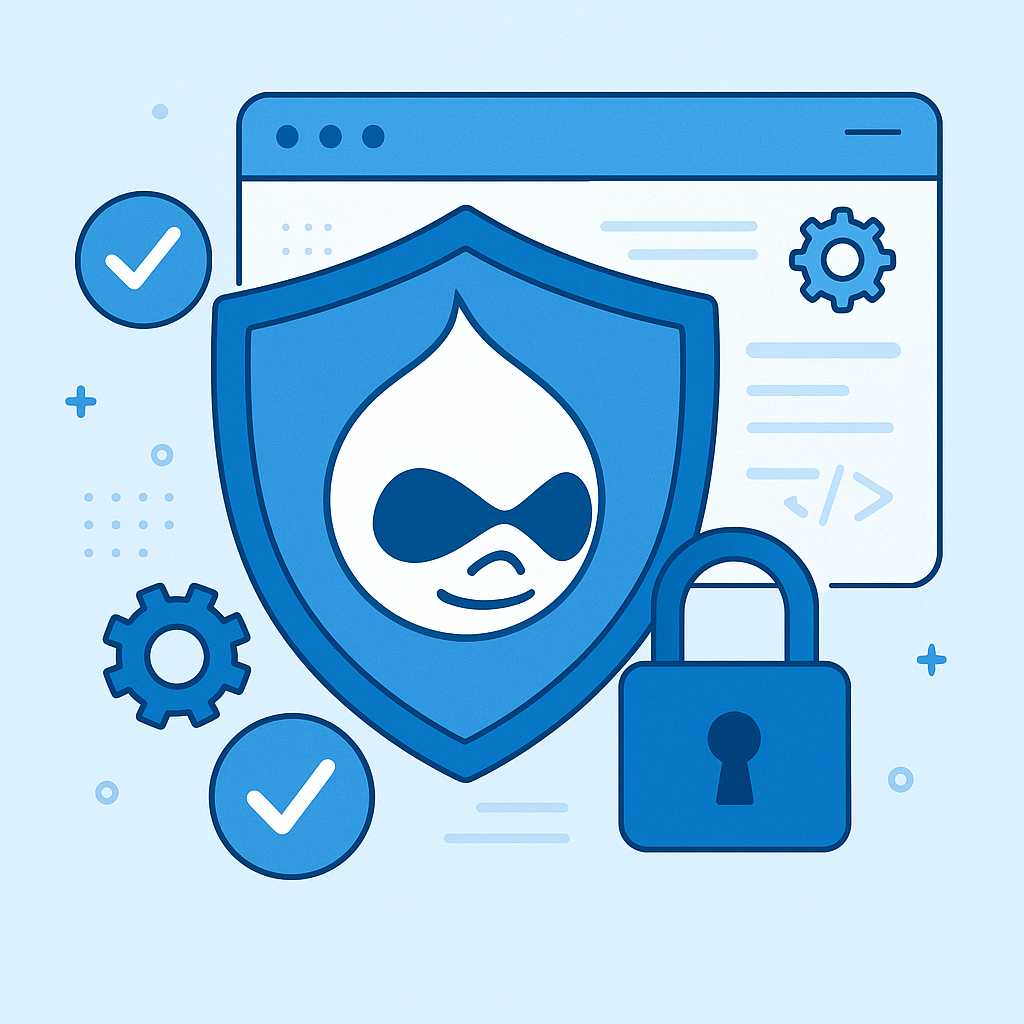Drupal remains a powerful CMS, but its flexibility means keeping security in mind is crucial for every site owner. While a lot has been written about security best practices, today I wanted to share some actionable quick wins you can implement to instantly boost your Drupal site’s safety—without needing to be a security guru.
-
Keep Core and Modules Updated
This might sound obvious, but it’s easy to overlook. Security vulnerabilities are regularly patched in contributed modules and Drupal core. Use the Update Manager module or rundrush pm:updateto stay current. Set reminders for routine checks or enable email notifications directly in Drupal. -
Harden Permissions—Especially for Anonymous Users
Go to People → Roles and review what each role (especially Anonymous and Authenticated) can do. Only give the minimum necessary permissions—never grant things like "Administer site configuration" to anything except trusted admin roles. -
Install Security-Focused Modules
Modules like Security Kit and Automated Logout offer additional protection. Security Kit allows you to configure HTTP headers for XSS and clickjacking protection, while Automated Logout helps prevent abandoned sessions from being exploited. -
Limit Access to sensitive files
Move yoursettings.phpoutside web-accessible directories if possible, or at minimum, lock down file permissions (chmod 444 sites/default/settings.php). Ensure your.htaccessfile blocks access to .php files in the /files directory. -
Use Strong Passwords—and Encourage Users To Do The Same
Drupal core now supports password policies, so enforce regular password changes and minimum strength. Consider Two-Factor Authentication modules for higher security needs. -
Disable Unused Modules & Themes
Every enabled module or theme increases your site’s attack surface. If you don’t use it, disable and uninstall it. -
Monitor Logs Regularly
Visit Reports → Recent log messages often, or configure syslog integration for enterprise setups. Unusual patterns can give advance warning of malicious activity.
Security in Drupal doesn’t have to be intimidating. These simple steps will go a long way toward making your site safer. Got your own Drupal security tips? Let me know—I’m always looking for new tricks to share!


Leave a Reply